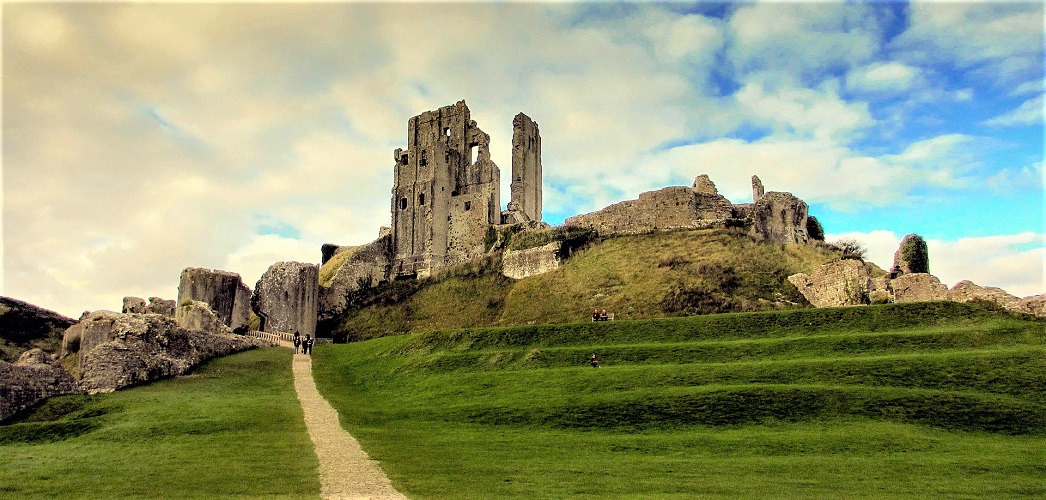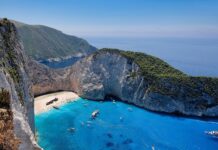Rugged Royal Ruins Of Castles
You’ve seen beautiful castles from around the world. Sadly, while many of these former royal residences still stand, many have become little more than royal ruins. If these hauntingly beautiful remains interest you, then read on to discover 11 of the most beautiful abandoned castles in the world.
11 Abandoned Castles
1. Corfe Castle, England

The ruins of Corfe Castle are located in Dorset on the Isle of Purbeck. William the Conqueror erected it in the early 1100s. Queen Elizabeth I sold the castle to a private party in 1572.
Sir John Bankes purchased it in 1635 and it was destroyed in a war 10 years later. When Charles II regained the throne, the property was returned to the Bankes family. The castle was never restored an in 1982 the ruins were donated to the National Trust.
2. Ogrodzieniec Castle, Poland
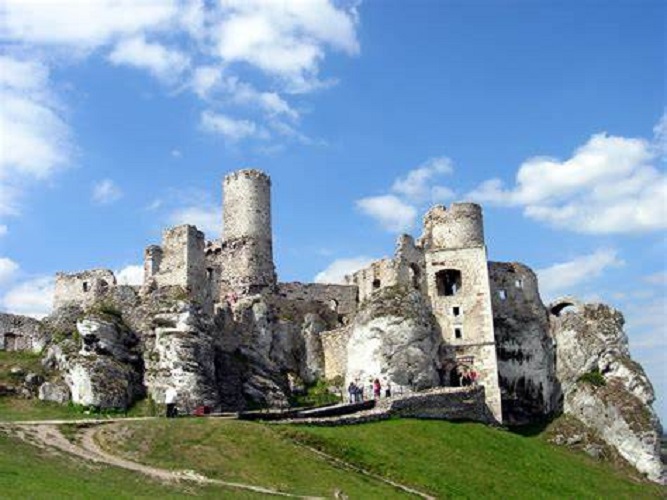
Situated in Podzamcze, the Ogrodzieniec Castle was constructed in the 13 and 1400s. It was destroyed and rebuilt numerous times. In 1702 it was torched and trashed during the war between Poland and Sweden.
After WWII the Polish government took charge to restore and preserve it. It was officially opened to the public in 1973. If you’re ever in Krakow, it’s only an hour out of town and worth the visit. The castle is currently featured in the Netflix television series “The Witcher.”
3. Ha Ha Tonka, USA

Missouri-based entrepreneur Robert Snyder wanted his own castle. In 1905 construction began on Ha Ha Tonka. Unfortunately, he died in one of Missouri’s first auto accidents a year later.
His sons completed the castle in the 1920s. The family business was hit hard during the Depression. So when the castle was totally gutted by a fire in 1942, it was simply abandoned. The state bought the property “as is” in the 1970s and the ruin is now a popular tourist attraction.
4. Golconda Fort, India
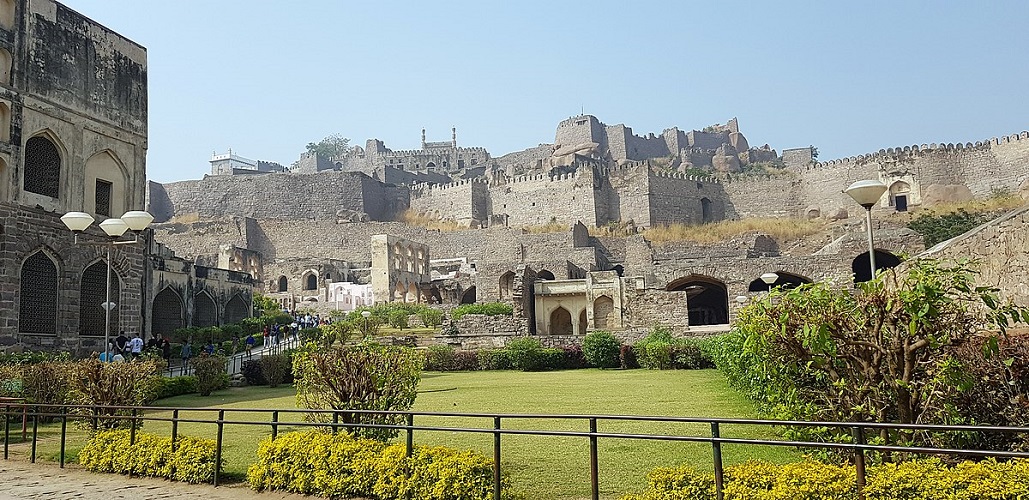
You’ll find this citadel from the 1500s in southern India west of Hyderabad. in southern India, became rich as the heart of the diamond industry. This fortified fortress is high atop a 120-meter-(394-foot)-high hill. When it was newly-built, it featured state of the art architecture.
It actually was cool in the summer because of its built-in natural air conditioning. In 1687 the fort was destroyed by the mighty Mughal army. Although it was never repaired, it remains a testament to the architect’s ingenuity.
5. Old Wardour Castle, England
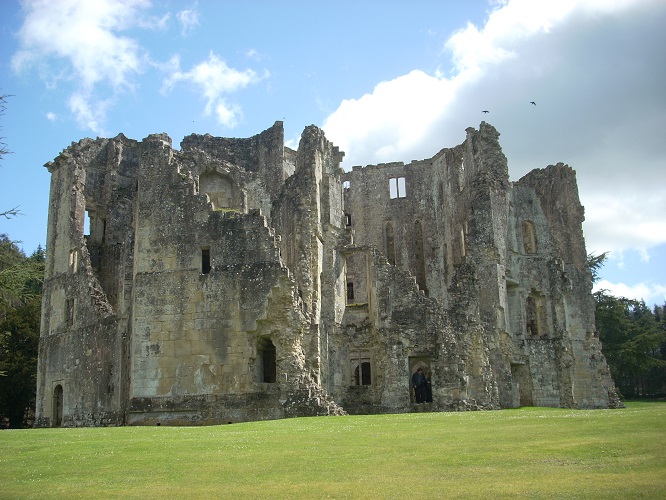
These castle ruins are ensconced in the Wiltshire countryside. Nevertheless, back in the 1300s, it was a fantastic French-style castle. Constructed by John Lovell, it would later frequently change owners until the Arundell family bought it in the 1500s.
In 1643 the castle would be left to rot after an attack during the Civil War. The family built a new house nearby and abandoned the ruins. It would later become an English Heritage property and is now open to the public.
6. Poenari Castle, Romania
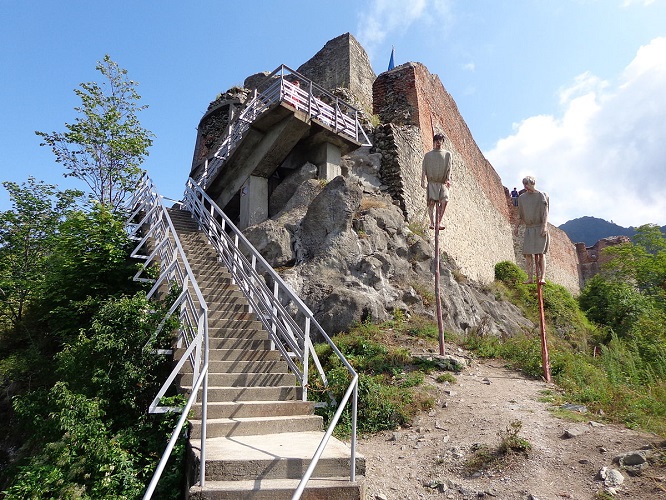
You’ll have to climb almost 1500 steps to see Poenari Castle in Wallachia, in central Romania. Erected in the 1200s, it was once the home of the infamous Romanian king Vlad III Dracula, a.k.a. Vlad the Impaler. The structure has an altitude of 800 meters.
Following Vlad’s demise, the stronghold was abandoned and in ruins by 1600. It was further damaged in 1888 by a landslide and in 1913 by an earthquake. Repairs were later made and today it’s a tourist attraction.
7. Castle of Montearagón, Spain
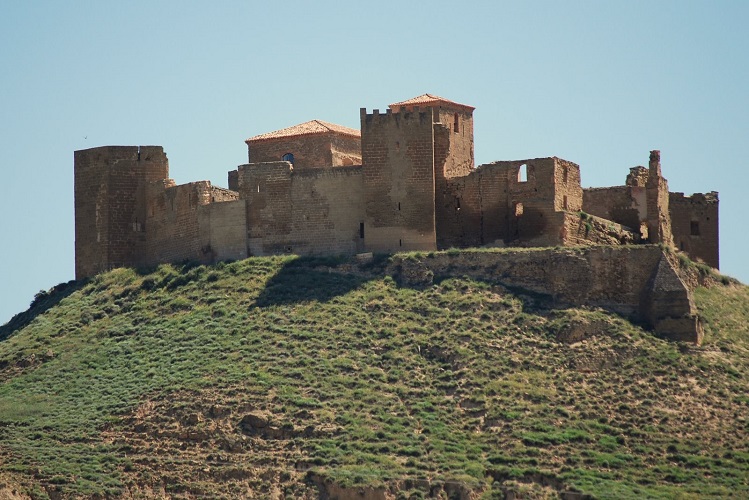
This castle in Aragon, northern Spain harkens back to the 11th-century. It overlooks the plains of Huesca. It was constructed to aid in conquering the Muslims in Huesca.
Later, Augustine monks used it for 700 years. In the 1800s, the structure was a storage area for gunpowder and unfortunately destroyed by an unintentional explosion. The empty bell tower and chapel and the crumbled walls are all that is left. Some say the remaining ruins cast “a ghostly shadow” over the entire area.
8. Dunamase Castle, Ireland
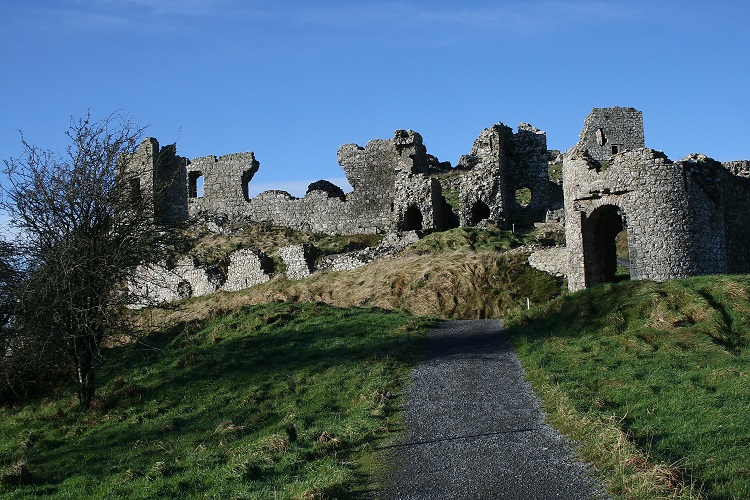
The ruins of Dunamase stand high on a rugged outcrop in County Laois, west of Dublin. The original castle was erected in the 1100s by the Normans. This stronghold belonged to the well-known O’Moore family of Laois from 1325 to 1609. It was later owned by the Earl of Thomond. In 1650 after the invasion of Cromwell, the castle was left in ruins. It was never rebuilt and yet visitors may still get a sense of its former majesty today.
9, Château de la Mothe-Chandeniers, France
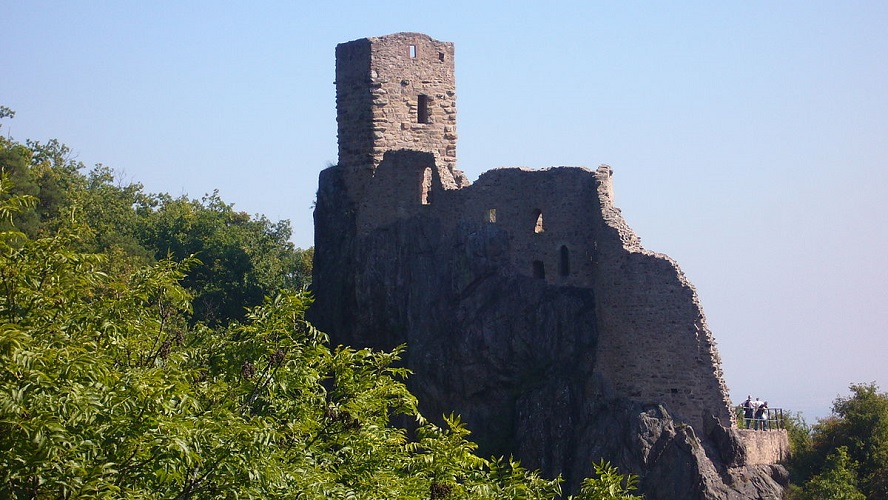
Ensconced in the lovely Les Trois-Moutiers region of western France, the famous Château de la Mothe-Chandeniers harkens back to the 1200s. It was ransacked during the infamous French revolution. Nevertheless, Edgard Lejeune began renovations prior to 1870.
Unfortunately, there was a terrible fire in 1932. Furniture, paintings, rare books, and tapestries were lost in the blaze. 7,400 charitable donors contributed to a crowdfunding campaign and saved it from demolition in 2017. Hopefully, it will someday be fully restored.
10. Spiš Castle, Slovakia

Popular Spiš Castle Žehra is located in eastern Slovakia. It’s one of the biggest castles in Central Europe. It was built sometime in the 1100s when the region was part of the feudal state of Old Hungary.
The castle, which covered over four hectares, fell into ruin following a fire in 1780. It was taken over by the state after WWII. In the 1970s restoration effort began. The castle was added to the official UNESCO World Heritage List in 1993. It’s now a big tourist attraction.
11. Kilchurn Castle, Scotland
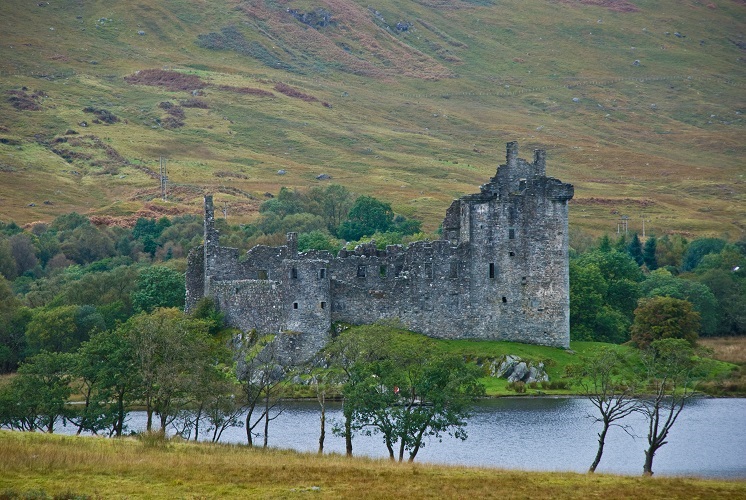
Kilchurn Castle, found in Lochawe, was erected in the mid-1400s by the famous Campbells of Glenorchy. The castle was built on an island not much larger than the building itself and could only be accessed by a single causeway. In the late 1600s, it was made a garrison during the Jacobite uprising. It was struck by lightning during a storm in 1760, horribly damaged, and abandoned. It eventually was taken over by Historic Environment Scotland and has since been preserved.

